A clogged AC drain pipe can give major headaches to almost any homeowner. With the AC unit playing a crucial role in your home's everyday comfort– it's recommended to fix any clogging problems immediately.
Fortunately, there are several tools you can use to fix a clogged condensate drain line. We'll also throw in some preventative AC care and maintenance tips to make it easier on your end. (Related: How to Clean AC Drain Line: A Practical Guide)
Best AC Drain Line Cleaners and Tools
Here are our top picks for AC drain line cleaners and tools you may consider!
1. Shop Vac and Water
A shop vac is a unique vacuum type that consists of a high-powered motor and suction unit. Simply connect the shop vac hose on one end of the drain line (the one located outside your home). If loosely connected, create an airtight seal with a cloth or duct tape. Then, turn on the vacuum.
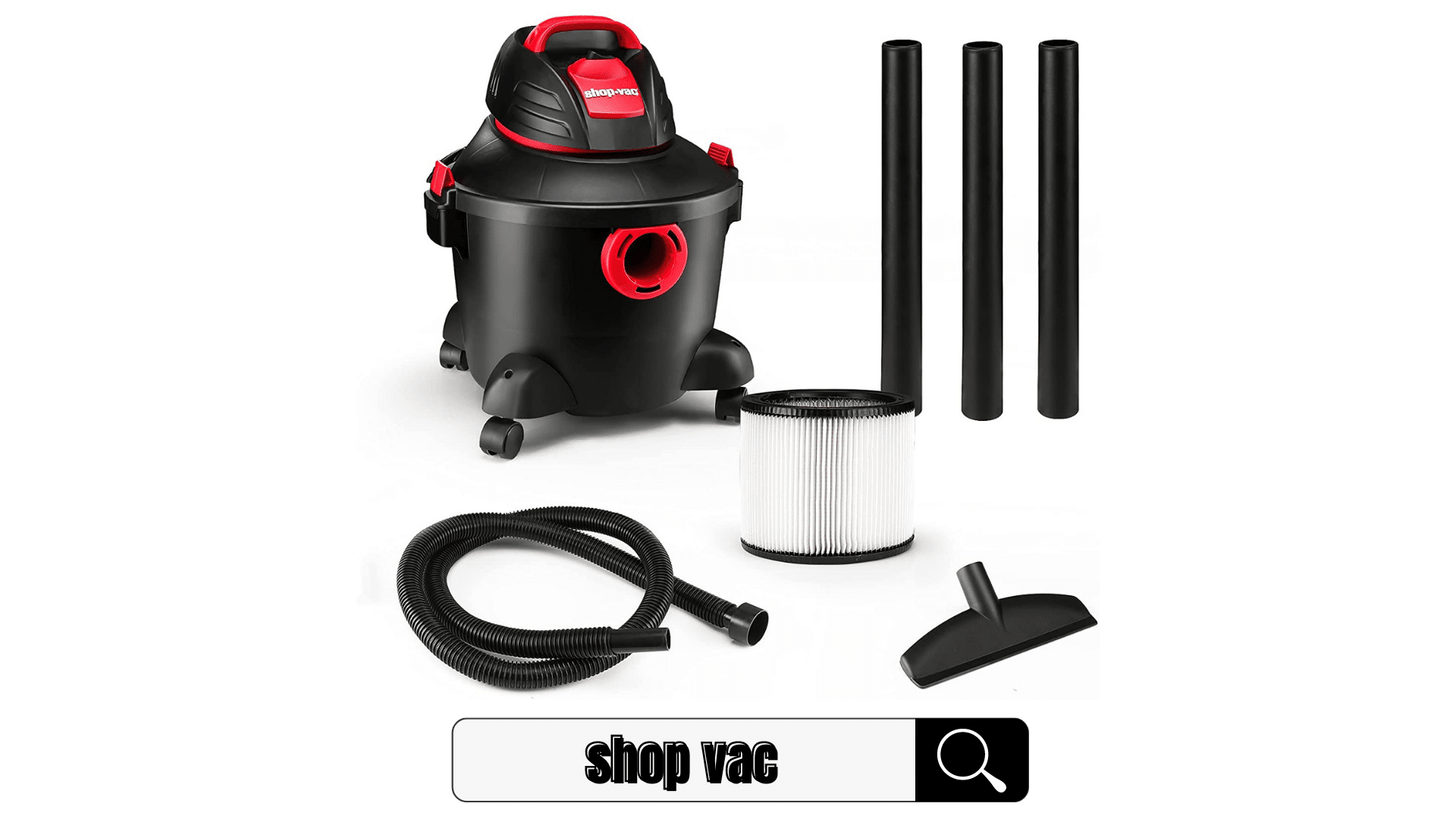
Simultaneously, get a gallon of water and a funnel to pour water into the drain line access point gradually. It is commonly located near the air handler.
The shop vac will suck in the water and debris from the drain line and transport it straight into the vacuum.
Pro tip: This method will require you to be cautious. If the clog doesn't loosen, the water may back up into the drain line and eventually leak into the floors.
2. Drain Snake Products
A drain snake is your next best bet when dealing with stubborn clogs that cannot be solved with a shop vac and water. Push the drain snake into the drain line access near the air handler. Ensure that the drain snake doesn't go towards the air handler not to damage the evaporator coil.
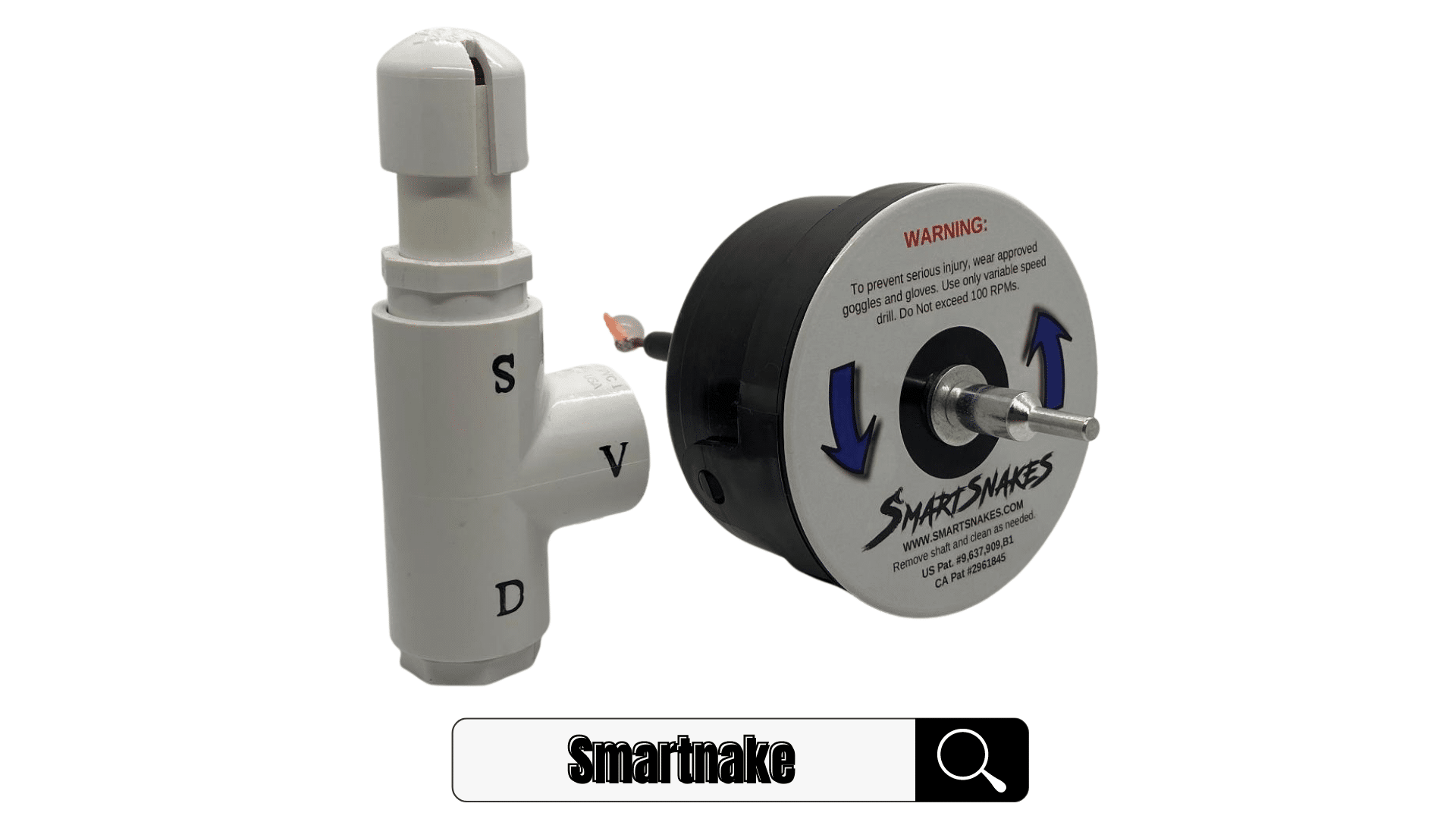
One drain snake product to consider is Smartsnake, a flexible drain cleaning tool. It has a long, tube-like tool that can push any blockages down the pipe.
Smartsnake is designed with a grip handle, which you can firmly hold as you push the wire down the drain. This tool saves you cost, energy, and time in clearing condensate drain pipes.
3. Plunger
Generally, plungers are a standard tool in fixing clogged AC drain lines. You can use this tool to suction and release the backup, so the drainage returns to normal.
Plungers are available in various sizes– so it will be easy for you to find the right plunger size for your drain at home.
4. Wire Brushes
A simple wire brush can help you remove the build-up of gunk after fixing the drain blockage. It is recommended to use these brushes with soap and water, similar to how a toothbrush works.
5. Drain Cleaning Chemicals
Fortunately, several commercial drain cleaning chemicals can help you remove any build-up in your drain. Always follow any manufacturer-issued instructions when using these chemicals to ensure your safety.
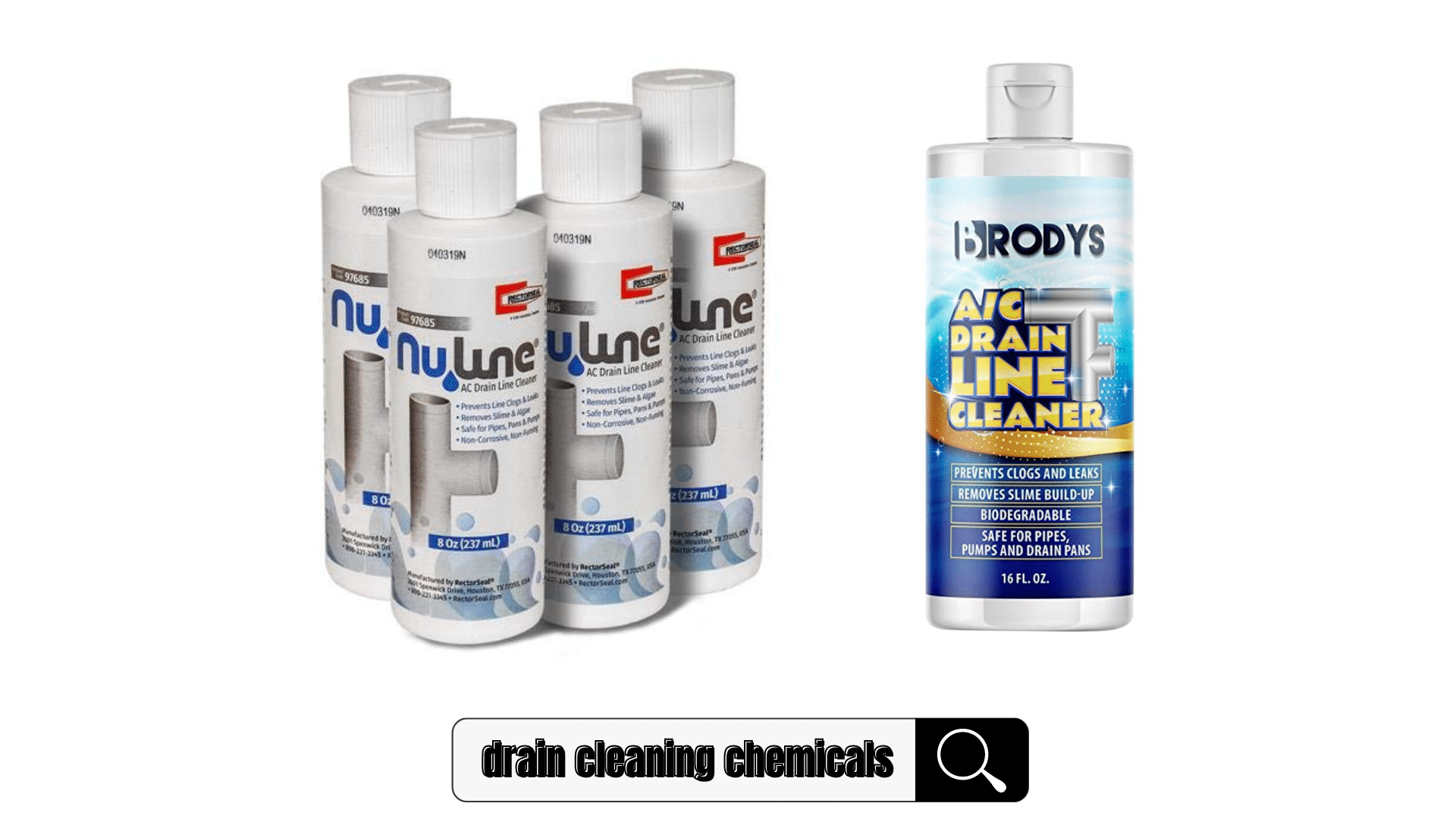
For one, you can consider the BRODYS - A/C HVAC Drain Line Cleaner. This product is biodegradable and non-corrosive. Notably, it prevents clogs and water leaks in your AC drain lines.
Another popular choice is the NuLine HVAC Condensate Nu-Line Drain Cleaner which comes in a (4) Pack of 8-ounce bottles. The brand is considered the industry standard in A/C condensate drain cleaners.
6. Drain Line Tablets
Tablets, such as the SimpleAir SACF Drain Line tabs and HVAC Guys: Flow Tabs with Gel Lock Technology, are another quick and easy method to maintain your AC unit's free-flowing drain lines. These unique tablets are time-released when water is activated.
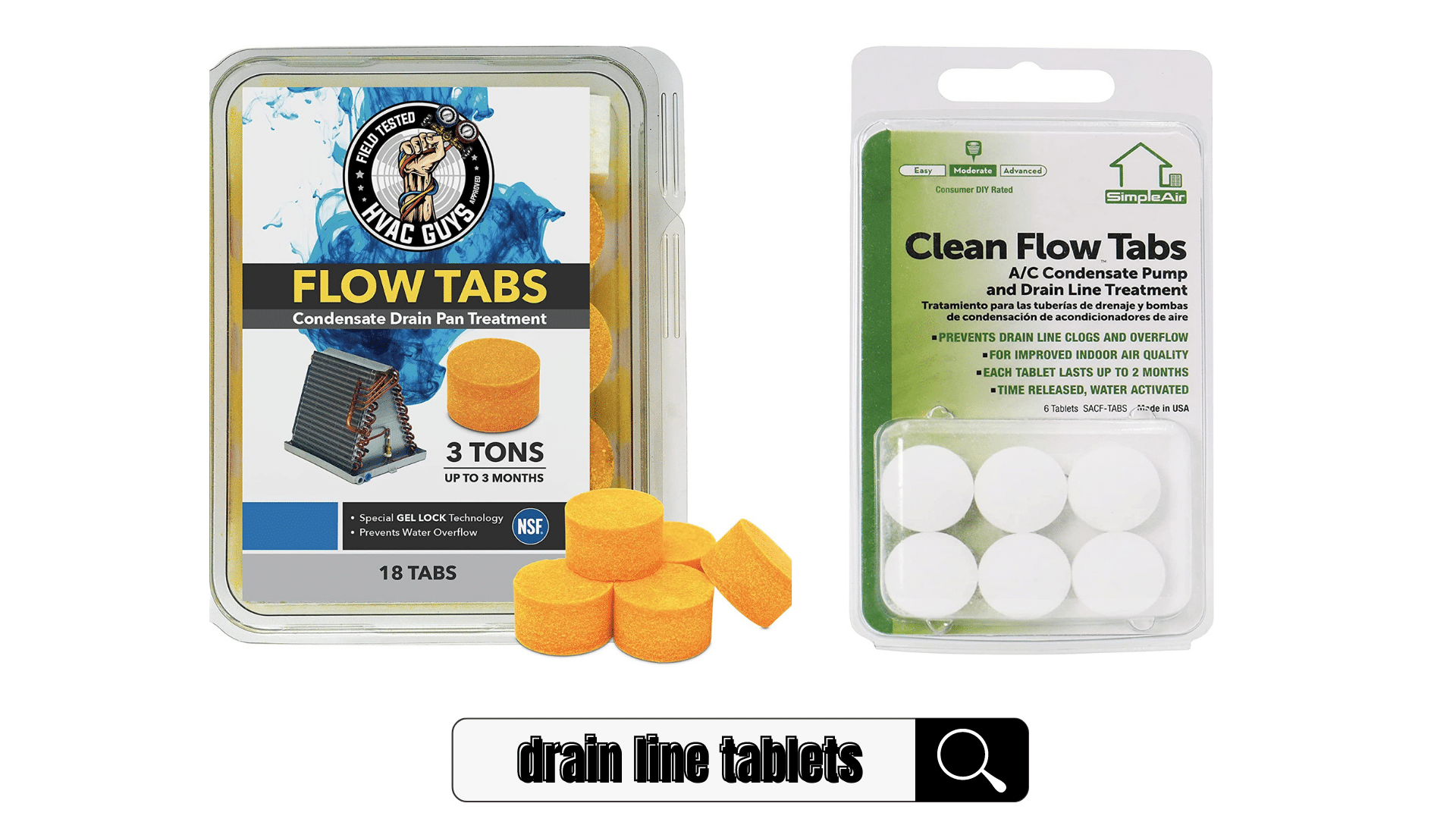
It effectively prevents typical growth in your drain lines, which may result in clogging and overflow. Each tablet can last you for up to 2 to 3 months. Some tablets also have multiple uses. Aside from your AC unit, you may also use it for dehumidifiers and other condensate drain line applications.
7. DIY Vinegar Solution (Preventative Measure)
Several homeowners opt to use a DIY vinegar solution mainly to prevent the clogging of an AC drain. Pour ¼ cup of vinegar down the drain line to eliminate algae, molds, mildew, and other bacteria.
This is a preventative method rather than an actionable way to de-clog the AC drain. But, you can opt to do it every month to prevent any problems in the long run.
Ideally, use regular distilled white vinegar with more substantial acidity levels to improve its cleaning abilities. Some homeowners may find the strong scent of vinegar as harsh to the nose. In that case, mix in peroxide or a dash of dish soap to your solution.
Let the DIY vinegar solution sit for at least 30 minutes before flushing the pipe out with water. It is recommended to repeat this preventative measure monthly to remove any harmful bacteria and ensure the system is running at peak performance.
The clog may be too severe for a DIY remedy if it's not flowing normally. You may need to contact professional help at this point.
Rebuilding the Drain Line (Worst-case Scenario)
If the clogging problem is severe, you may be left with no choice but to rebuild the drain line entirely. Don't worry. Experts say only a few situations require this approach, but it's possible!
Telling Signs of a Clogged AC Pipe
Homeowners often overlook the signs of a clogged AC pipe until their unit breaks down and stops functioning.
Remember that the AC drain line removes the excess condensation from your AC unit. If it is operating at its peak, there will be a visible trickle of water at the end of a PVC pipe outdoors. This is where the moisture goes.
Generally, this is where clogging problems begin– as it may lead to a water backlog or a blockage. Here are some other signs of AC drain pipe clogging for your reference:
Frequently Asked Questions (FAQs)
What causes a clogged AC drain line?
Condensation build-up usually happens in your AC's drain line, causing debris like mold, sludge, fungus, mildew, and algae to thrive and clog that area. The blockage will become large enough to clog in the line and will cause the water to back up into the draining pan of your AC.
What will happen if I neglect cleaning?
Neglected or improper cleaning of the drain line may result in more significant problems such as musty odors, elevated humidity, and potentially severe and costly issues affecting the entire conditioning system.
Final Thoughts
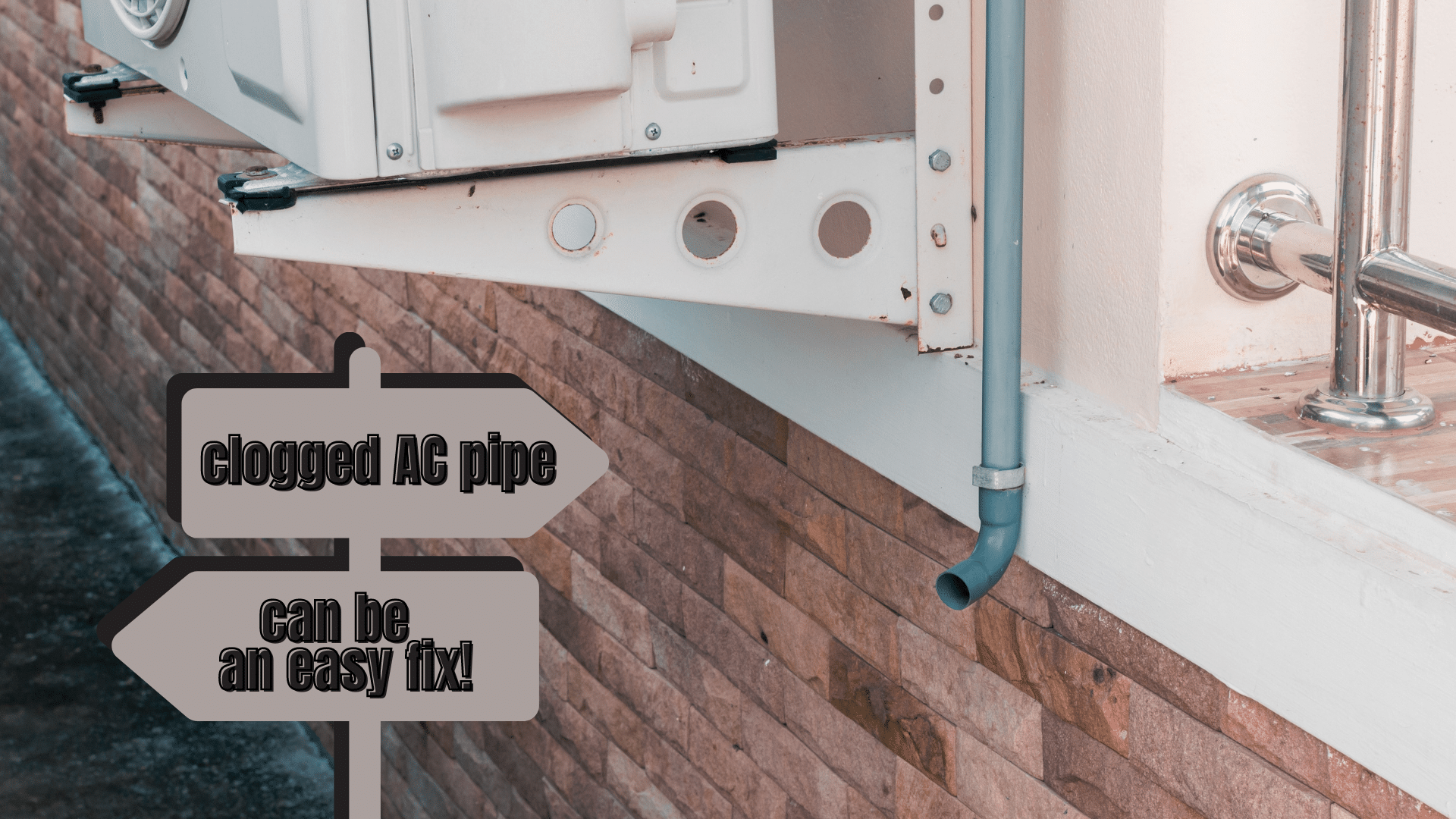
While we strongly advise against taking serious HVAC repairs yourself, especially if you lack the experience (as it may only worsen the damage)– the good news is that a clogged AC pipe can be a relatively easy fix.
If you've tried plenty of methods we've listed above and yet your AC still can't function normally, contact a local HVAC system technician and leave it to the pros to fix the problem for you.
